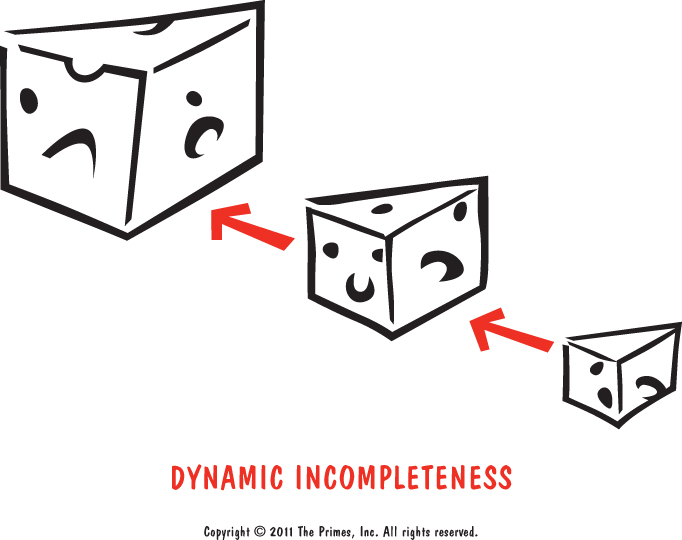
Can you create a vision that is compelling because of what it says and at the same time inviting—for what it leaves yet to be said?
“Without vision the people shall perish.” So said King Solomon approximately 2,500 years ago. Today's top CEOs agree. They cite “engaging employees in the company vision” as one of their top priorities while admitting how hard this is to do. Leaders are responsible for creating vision that informs the strategic direction and inspires the people to act.
The truth of the matter is that creating visions frightens leaders. They are afraid that people might not like their vision and will accuse them of being a bad leader. In truth, the worst leaders take no responsibility for creating a vision. They either ignore it altogether or they delegate the job to lower ranks under the management façade of empowerment. Slightly better leaders bring too much vision forward and demand that you buy into it completely and get inspired fast—because they think it is wonderful.
Great leaders build visions using the principle revealed in the DYNAMIC INCOMPLETENESS PRIME. They know it is their job to go first and bring some vision forward. They make clear the elements of the vision that they consider to be the most important and exciting. It is just as important for a leader to make clear what is incomplete in his or her vision. The leader then requests ...
Get The Primes: How any Group can Solve any Problem now with the O’Reilly learning platform.
O’Reilly members experience books, live events, courses curated by job role, and more from O’Reilly and nearly 200 top publishers.

